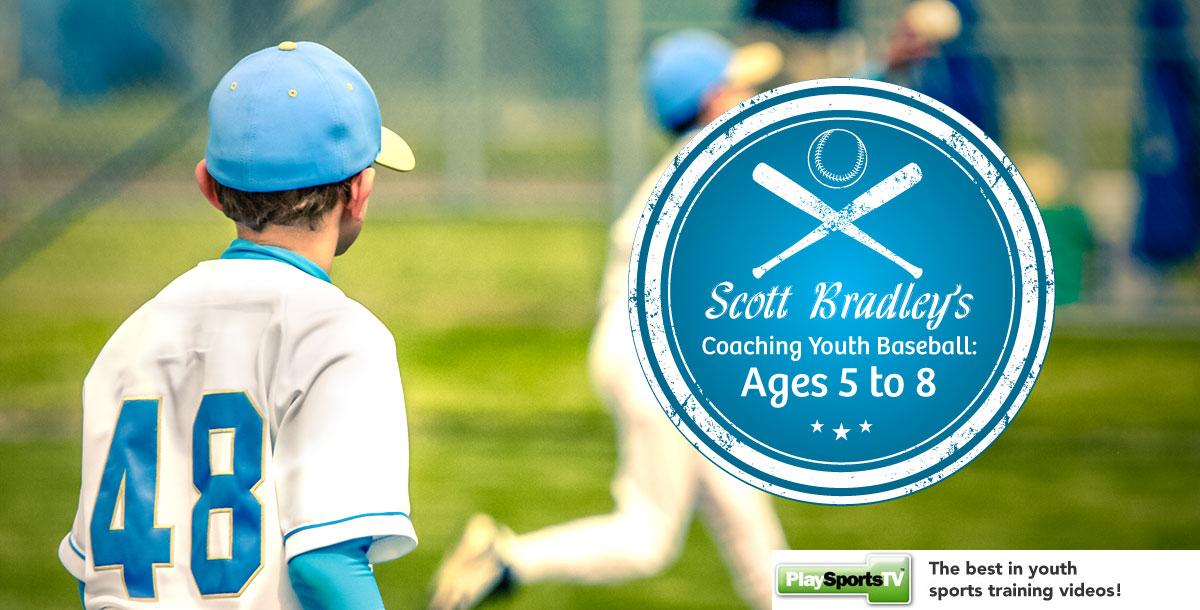PRACTICE 6
By this point of practices, you the coach should have a general idea of possible positions after having observed all players for the first five practices. At this stage of development, repetition and muscle memory are so important.
GOAL: Introducing proper technique of fielding live ground balls.
First 5 Minutes
Talk to the players and encourage them to work hard and have fun. Concentrate on better technique today and tell the players what will be done during this practice.
Next 5 Minutes (Stretching)
Stretch legs for two minutes and stretch arms for two minutes. Stretching prepares the muscles to prevent injury. The last minute should be used to jog around the field once.
Next 10 Minutes (Throwing Warm-ups)
Players should be getting more accurate with their throws. Pair off the players with each other and line them up 10 to 12 feet apart. Make sure there is enough room to consider errant throws. Have them toss the ball back and forth, 20 – 25 throws should be sufficient.
Coaching Point
- Using adults as back-ups to cover errant throws would be helpful. Remember, the more throws, the better.
Next 3 Minutes (Water Break)
Give the players time to break for water. It is extremely important for the players to remain hydrated at all times. But have them hustle back to the field.
Next 25 Minutes (Infield Positions)
Place three players at each infield position and the coach will hit ground balls to each player. This helps the coach determine who plays the positions best and can shuffle players if necessary.
Coaching Point- Make sure the players field the ball correctly and make correct steps to the target. In older ages, this is called the crow hop.
- During this time, you can develop catchers. Not every youngster wants to play the position, but you can encourage them to try it.
You take the players who want to catch (probably two at a time, in catcher's gear) and show them the following:
- How to set up in relation to the hitter and how to receive the ball: Make sure your catcher keeps his throwing hand behind him to protect the hand.
- How to set up when there's a runner on base: A little higher in the stance, with the throwing-side foot slightly behind.
- How to get in position to throw: Use the 'T' drill. Draw a large T behind what would be the plate. The toes should be in line with the top line of the T. If a runner goes, teach them how to pop up out of their stance, landing on the long line of the T pointing toward second base, in position to throw.
- You also can put them in gear and take a ball and work on blocking balls in the dirt (put them in position, have them drop to their knees with their glove, palm out, between their legs. Have the body bent forward at the waist. Stress the point that the object is to block the ball in front of them, not to catch it).
- Finally, you want vocal catchers. They are the only ones on the field who see everything in front of them. Catchers and shortstops are the captains of your infield.
Coaching Point
- The set-up and footwork are keys to catching. Protect the throwing hand.
End of Practice
End practice with a lap around the bases. Then, while the players are drinking water, huddle them together for a talk. Take this time to recognize the work that was done well, but also discuss what needs improvement. Tell the players the next practice time and follow up with an email to their parents.

